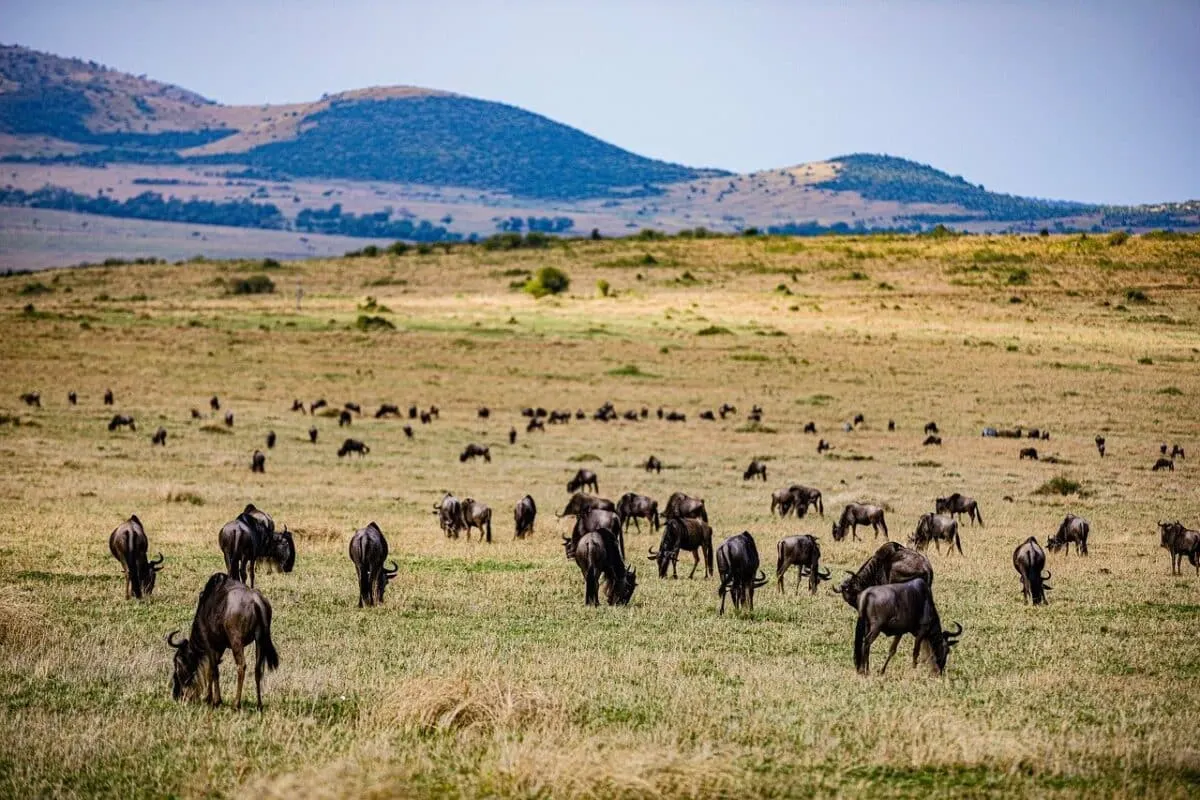Every year, in the vast plains of East Africa, an extraordinary event unfolds—The Great Wildebeest Migration. It is a breathtaking spectacle showcasing nature’s raw power and wildlife’s resilience.
As the largest migration on Earth, millions of wildebeests, zebras, and gazelles embark on a treacherous journey across the Serengeti-Mara ecosystem, traversing perilous rivers and facing formidable predators. This annual migration is a testament to these animals‘ innate instincts and adaptability.
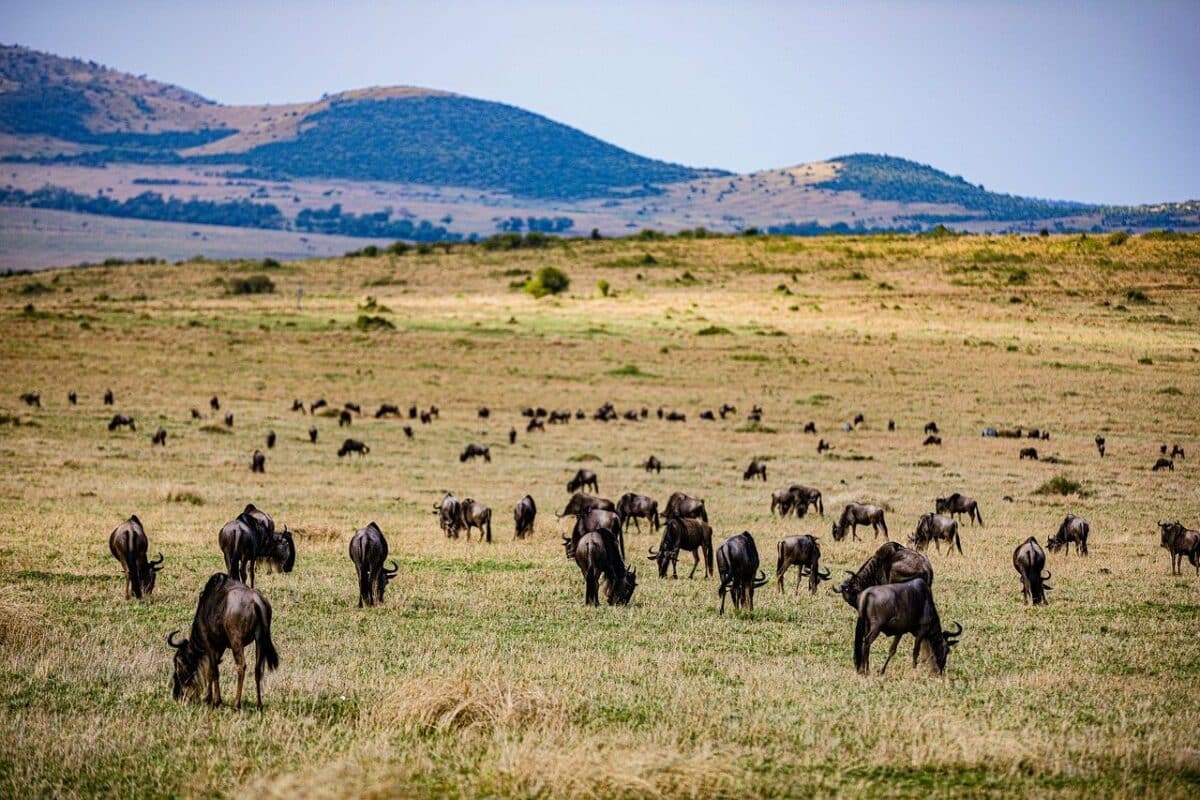
Key Points
| 1. Largest migration on Earth involves millions of wildebeests, zebras, and gazelles covering approximately 800 kilometers in the Serengeti-Mara ecosystem. |
| 2. Migration is driven by the search for fresh grazing pastures and water sources following seasonal rainfall patterns. |
| 3. Wildebeests possess an uncanny ability to sense rainfall and detect lush grass from long distances, enabling them to navigate the changing landscape. |
| 4. Migration starts in the southern Serengeti during the calving season and proceeds northward, with perilous river crossings at Grumeti and Mara rivers. |
| 2. Migration is driven by the search for fresh grazing pastures and water sources, following seasonal rainfall patterns. |
| 6. The migration maintains biodiversity, regulates vegetation, and supports a balanced predator-prey dynamic. It also provides economic benefits to local communities and the tourism industry. |
Want to jump ahead? Click below
The Wildebeest Migration: A Natural Wonder
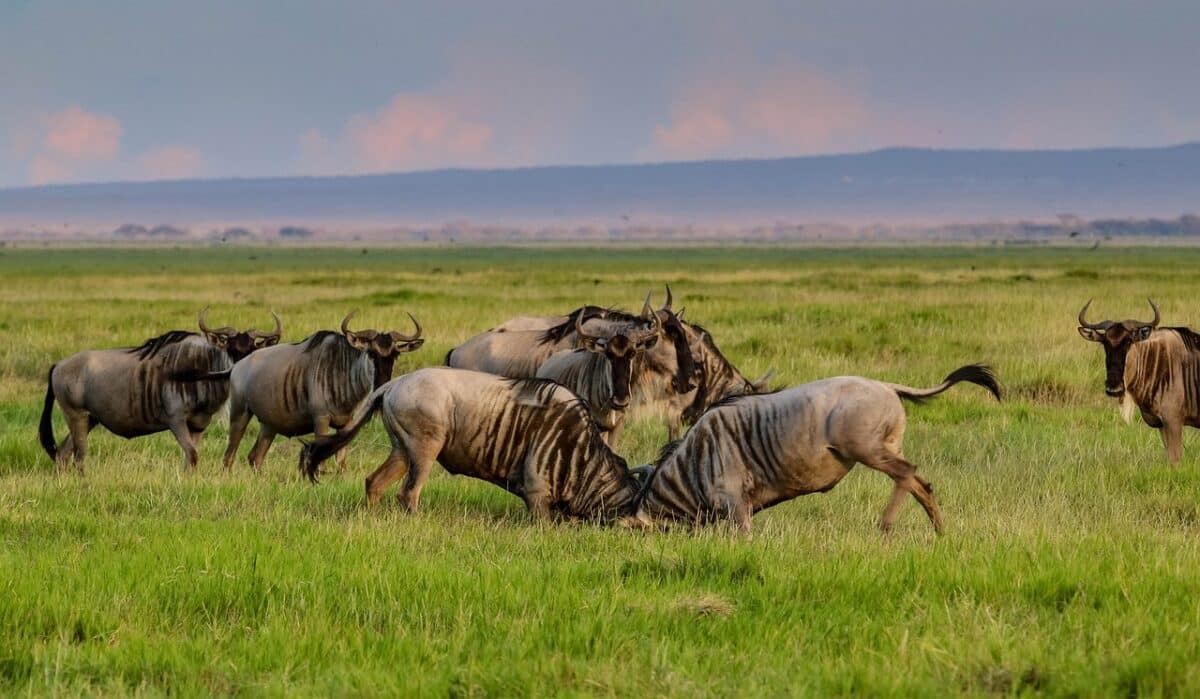
The Great Wildebeest Migration involves the movement of over two million wildebeests, accompanied by hundreds of thousands of zebras and gazelles, across approximately 800 kilometers.
Their search for fresh grazing pastures and water sources primarily drives the migration. It is a cyclic pattern that follows seasonal rainfall, ensuring a continuous food supply for these herbivores.
Wildebeests, or gnus, are robust and sturdy animals well-suited for endurance. They possess a unique ability to sense rainfall and detect lush grass from long distances.
This uncanny intuition enables them to navigate the ever-changing landscape for greener pastures. Their synchronized movements, guided by an intricate communication system, create a captivating display of unity and coordination.
The migration begins in the southern Serengeti, typically around December, where the wildebeests give birth to their young during the calving season.
The herds move northward as the dry season progresses, crossing the perilous Grumeti and Mara rivers. These crossings are dangerous as hungry crocodiles lie in wait, ready to seize any opportunity.
Despite the challenges, the migration continues, unfolding a dramatic and epic story of survival against the backdrop of the African savannah. It is a remarkable demonstration of nature’s rhythm and the interdependence between species in maintaining the delicate balance of ecosystems.
If you’re interested in learning more about the Wildebeest, check out this resource.
The Journey: From Serengeti to Maasai Mara
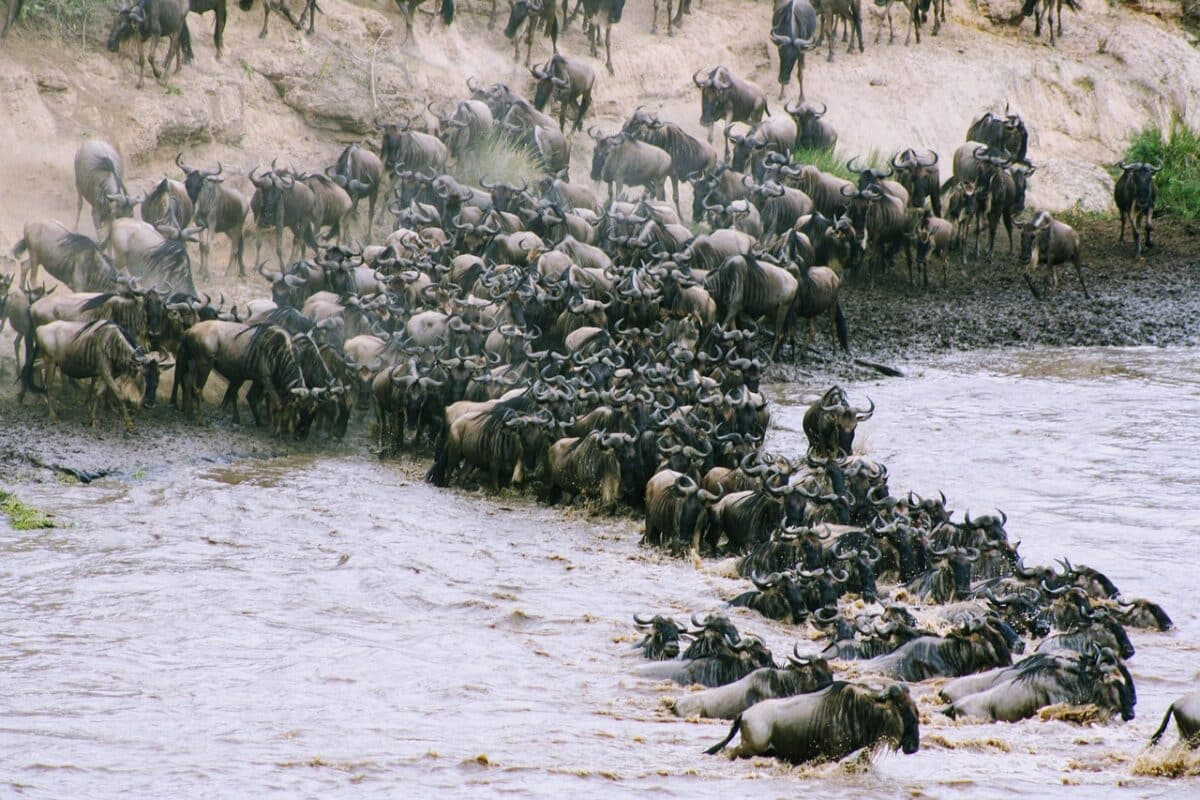
The journey of the Great Wildebeest Migration takes the herds from the southern Serengeti in Tanzania to the Maasai Mara in Kenya. This arduous trek covers vast distances and encompasses diverse landscapes, including grasslands, woodlands, and riverine areas.
This migration follows a circular route, with specific locations as key waypoints. The Serengeti’s Ndutu region and the Ngorongoro Conservation Area witness the awe-inspiring spectacle of wildebeests giving birth to their calves.
The rich volcanic soils of these areas provide the necessary nutrients for the wildebeests to reproduce and nurture their young.
As the dry season progresses, the herds push northward, reaching the Grumeti River by June or July. The river crossing at Grumeti is a hazardous undertaking, with fast currents and lurking crocodiles posing significant threats. Only the bravest and strongest wildebeests survive this difficult test of agility and courage.
Continuing their journey, the herds reach the Mara River, the most formidable obstacle. The crossings at Mara River are often chaotic and heart-stopping.
Wildebeests gather at the riverbanks, their instinctual fear of water temporarily overridden by the need for sustenance. The dramatic leaps and frenzied splashes during these crossings attract both predators and mesmerized spectators.
The relentless pursuit of greener pastures compels the herds to push forward, ultimately reaching the Maasai Mara in Kenya. Here, the wildebeests find a temporary sanctuary of fresh grasslands, fueling their energy for the return journey as the seasons change again.
Conservation Efforts and Ecotourism
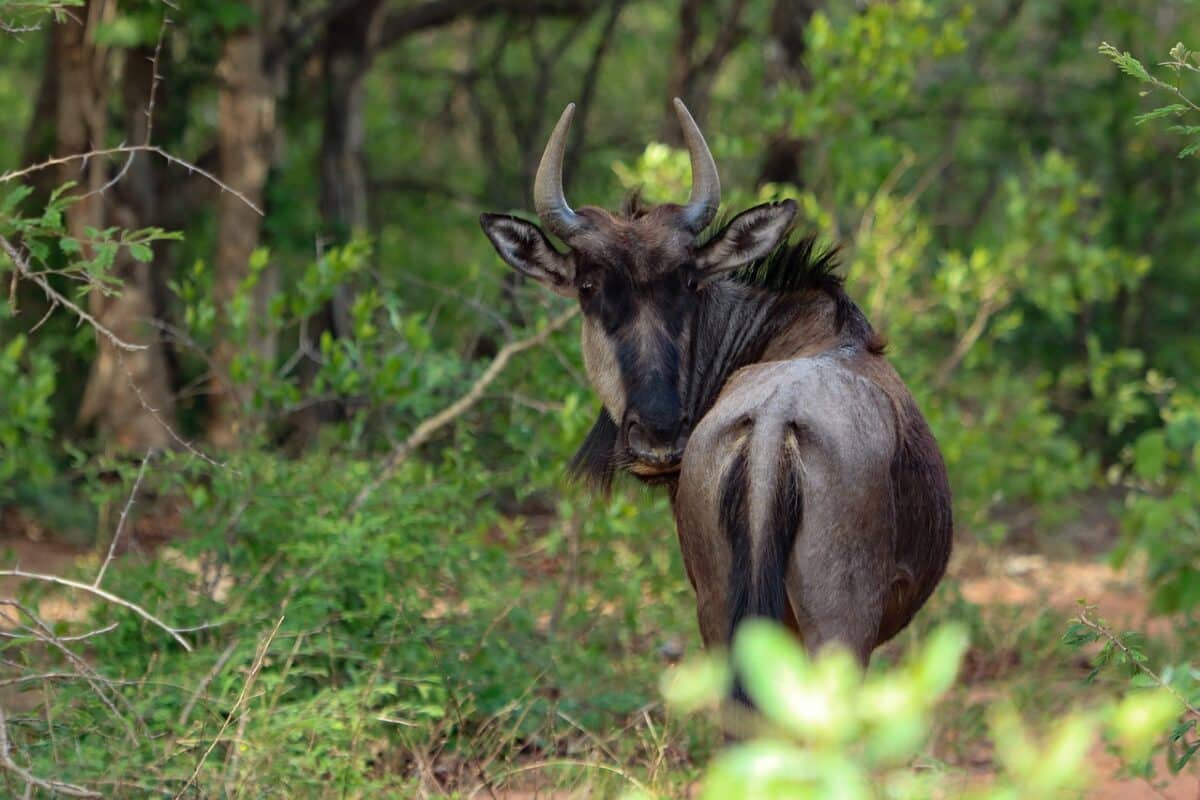
Firstly, the Great Wildebeest Migration is a mesmerizing natural phenomenon and a crucial element in conserving the Serengeti-Mara ecosystem.
Secondly, recognizing its ecological importance, various organizations and conservation initiatives have been established to protect this remarkable event.
The local communities’ role in wildlife conservation efforts is indeed extremely essential. Their involvement in sustainable land-use practices, anti-poaching measures, and education programs has contributed to the long-term preservation of the migration.
By empowering communities to benefit from conservation, there is a stronger incentive to protect the habitats and wildlife that sustain their livelihoods.
Responsible ecotourism also plays a significant role in safeguarding migration. Conservation-focused tour operators adhere to strict guidelines to minimize environmental impact and prioritize the well-being of wildlife.
These operators provide educational opportunities for visitors, promoting an understanding of the importance of conservation and sustainable travel practices. Tourists who witness the Great Wildebeest Migration have the privilege of experiencing one of nature’s most extraordinary spectacles.
This immersive encounter fosters a deep appreciation for the interconnectedness of ecosystems and the need to protect them for future generations. The economic benefits of wildlife tourism help fund conservation initiatives, support local communities, and create incentives for preserving the migration and its habitat.
The Impact of the Great Wildebeest Migration
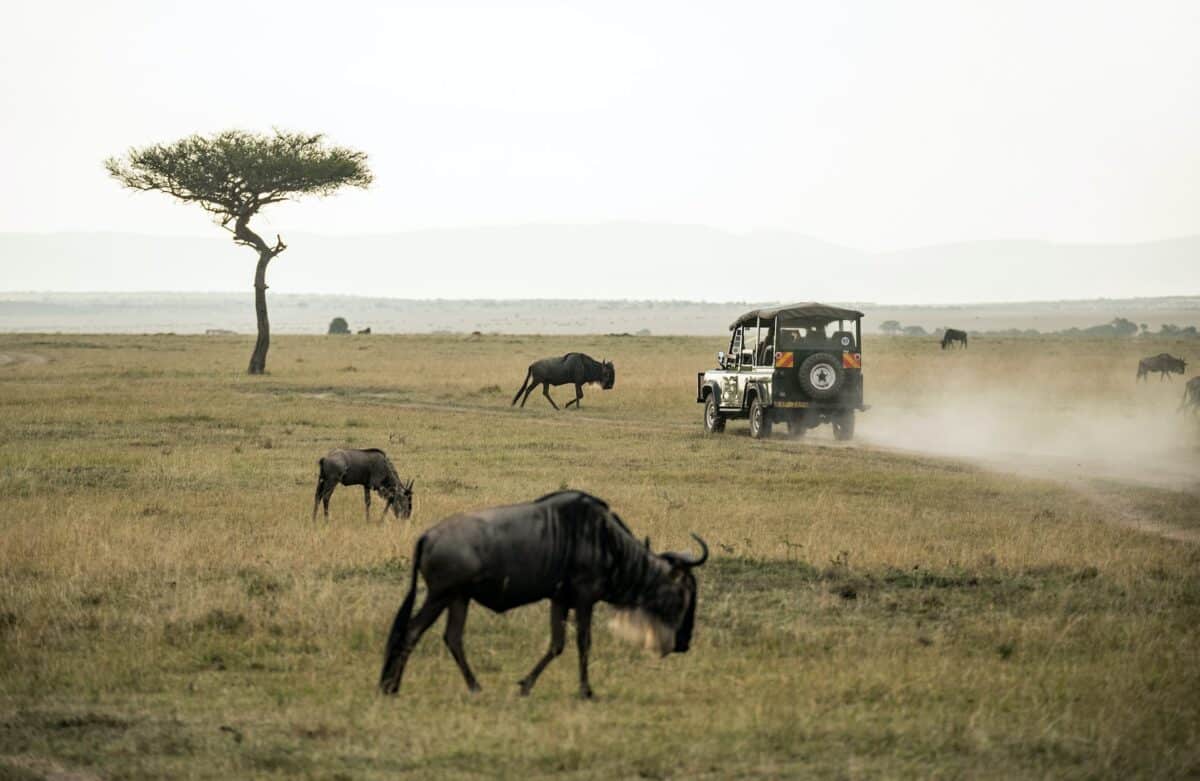
The Great Wildebeest Migration has a profound impact on both the ecosystem and the local communities surrounding it. Furthermore, migration helps preserve the biodiversity of the Serengeti-Mara ecosystem and supports a delicate web of relationships between species.
The wildebeests’ grazing patterns help regulate the vegetation, preventing any area from becoming overgrazed. Additionally, this positively impacts the diversity and health of the grasslands, promoting the growth of nutritious forage for other herbivores.
In turn, abundant prey attracts a range of predators, including lions, hyenas, cheetahs, and crocodiles, ensuring a balanced predator-prey dynamic. Furthermore, the migration’s influence extends beyond the ecosystem itself. It provides a significant economic boost to local communities and the tourism industry.
Revenue generated from wildlife tourism helps fund conservation efforts, supports community development projects, and provides employment opportunities. By recognizing the economic value of the migration, local communities have a vested interest in protecting the wildlife and habitats that sustain their livelihoods.
Fascinating Facts About Wildebeests
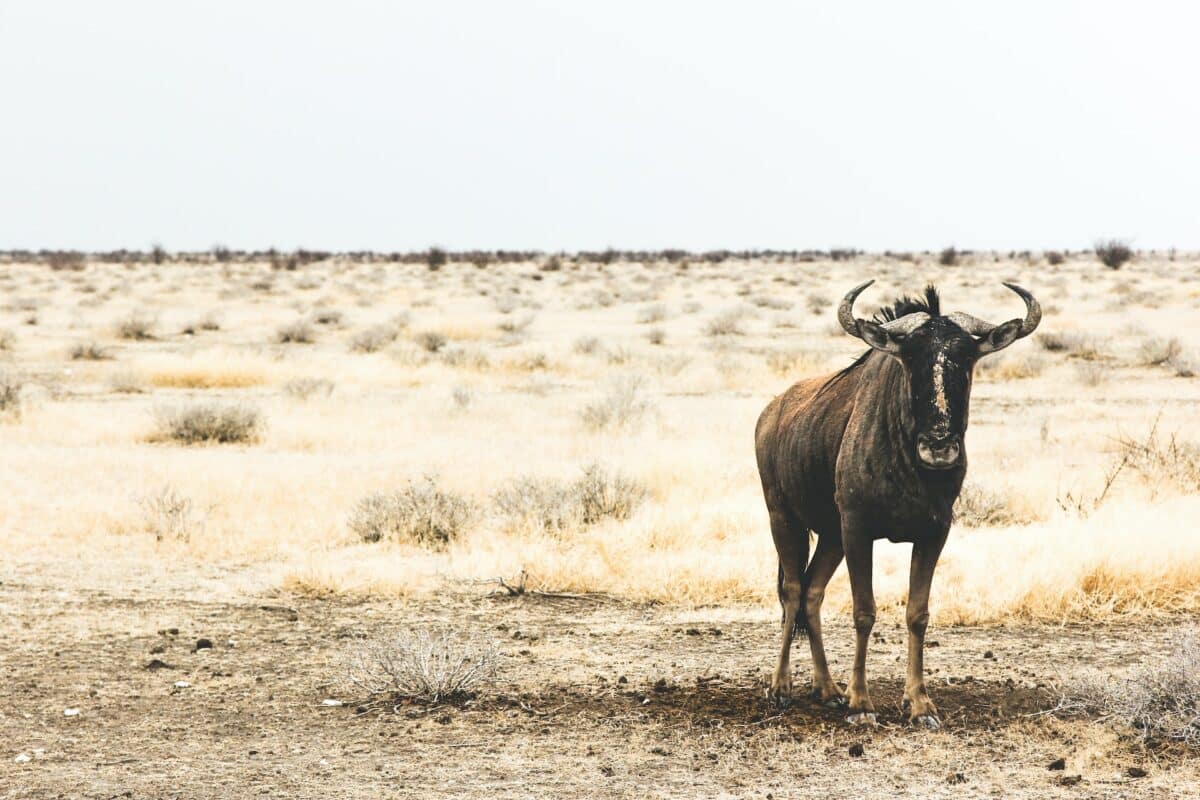
In addition to their remarkable migration, wildebeests are fascinating creatures with unique characteristics. Here are five fun facts about wildebeests:
- Curious Calves: Firstly, Wildebeest calves are known for their rapid development. Furthermore, they can stand and walk within minutes of being born, ready to join the herd on their journey.
- Thundering Hooves: Secondly, the sound of a wildebeest stampede is thunderous. Additionally, their powerful legs can reach up to 50 miles per hour, creating a mesmerizing spectacle as they move in unison.
- Strange Courtship Rituals: Male wildebeests display unusual courtship during the mating season. They strut, jump, and toss their heads to attract females, showcasing their strength and vitality.
- Ecological Gardeners: Wildebeests play a crucial role as ecological gardeners. Their grazing patterns help fertilize the soil and disperse seeds, contributing to the growth and regeneration of grasslands.
- Oldest Living Fossils: Wildebeests are ancient animals, with fossils dating back millions of years. Their evolution and survival through various climatic and environmental changes make them living testaments to Earth’s history.
Explore the remarkable world of wildebeests and their migration by visiting Secret Africa’s article. Discover more intriguing facts about these magnificent creatures and their extraordinary journey.
Wrapping Up with the Great Wildebeest Migration
Evidently, the Great Wildebeest Migration is a testament to nature’s immense power and resilience. It captivates the imagination of travelers and scientists alike, offering a glimpse into the harmonious rhythm of the natural world.
Moreover, the migration’s awe-inspiring journey across the Serengeti-Mara ecosystem highlights the incredible adaptability and survival instincts of wildebeests, zebras, and gazelles. It also underscores the delicate balance of ecosystems and the interdependence of species.
Conservation efforts and responsible ecotourism are pivotal in preserving this remarkable event. By engaging local communities, supporting conservation initiatives, and promoting sustainable travel practices, we can ensure the continued survival of the migration for generations to come.
Witnessing the Great Wildebeest Migration is an experience that leaves an indelible memory in the hearts of those fortunate enough to witness it. It is a testament to the power and beauty of the natural world, reminding us of our responsibility to protect and preserve these extraordinary wonders.
Next up:
- Migratory Birds Use Earth’s Magnetic Field as an Aid to Navigation
- An Epic Journey Of The Arctic Tern
- 7-Year-Old Stares Down Massive Bear - May 2, 2024
- Elephants Ask Rescuer To Play Piano - May 2, 2024
- Dog Family Rescued From Bushes In Texas - May 2, 2024

